
A Pacemaker the Size of a Grain of Rice: Revolutionizing Heart Care
The future of heart care just got smaller — and remarkably smarter. Scientists have developed a pacemaker that is so tiny it can fit inside a syringe, measuring roughly the size of a grain of rice. This groundbreaking technology could change the way we treat heart conditions, offering a completely new approach to heart rhythm management.
The pacemaker is wireless, light-controlled, and powered by fluid, with a fully biodegradable design. One of its most remarkable features is that it dissolves safely within the body once it has completed its function, eliminating the need for surgery to remove it. Unlike traditional pacemakers that require wires and a bulky structure, this new device is streamlined, offering a less invasive and more efficient alternative to existing technologies.
Tested in both animals and human heart tissue, this breakthrough has shown immense promise, and human trials could begin within a few years. This could be a game-changer, particularly for children born with congenital heart defects and individuals who require temporary heart rhythm support. Its miniature size and flexibility make it an ideal solution for those who need a temporary device without the complications associated with larger, more permanent pacemakers.
But the potential of this technology extends far beyond heart care. The same principles that make this pacemaker so effective could be applied to other areas of medicine. For example, it could revolutionize nerve regeneration, lead to the development of smart implants, and even play a role in next-generation wound healing. The tiny, biodegradable nature of the pacemaker could allow for more precise and personalized treatments, transforming the landscape of healthcare in the coming years.
As the future of medicine continues to evolve, we can expect even smaller and more intelligent devices that offer greater precision and fewer risks. This new pacemaker is just the beginning of a wave of innovations that could fundamentally change how we approach healthcare, offering safer, more efficient solutions for patients worldwide.
Sources:
-
"World’s smallest pacemaker is activated by light" — Northwestern University, 2025. (news.northwestern.edu)
-
"Breakthrough: World’s Smallest Pacemaker Is The Size of a Rice Grain" — ScienceAlert, April 3, 2025. (sciencealert.com)
-
"Mỹ chế tạo thành công máy tạo nhịp tim có kích cỡ nhỏ hơn hạt gạo" — Vietnamplus, April 3, 2025. (vietnamplus.vn)
-
"Tiny Pacemaker Dissolves When No Longer Needed" — IEEE Spectrum, April 2, 2025. (spectrum.ieee.org)
-
"Researchers Develop the World’s Smallest Pacemaker …" — Smithsonian Magazine, April 4, 2025. (smithsonianmag.com)
-
"Pacemaker smaller than a grain of rice developed" — ScienceMediaCentre, April 2, 2025. (sciencemediacentre.es)
-
"Thiết bị nhỏ như hạt gạo này có thể cứu sống hàng triệu người trên thế giới" — Dân Trí, April 3, 2025. (dantri.com.vn)
News in the same category


How Europe Says "Street": A Multilingual Journey Through Language and Culture

A New Dawn for Chronic Kidney Disease Treatment: From Management to Possible Remission

A Butterfly, A Flute, and Unshakable Composure: The Legendary Performance of Yukie Ota
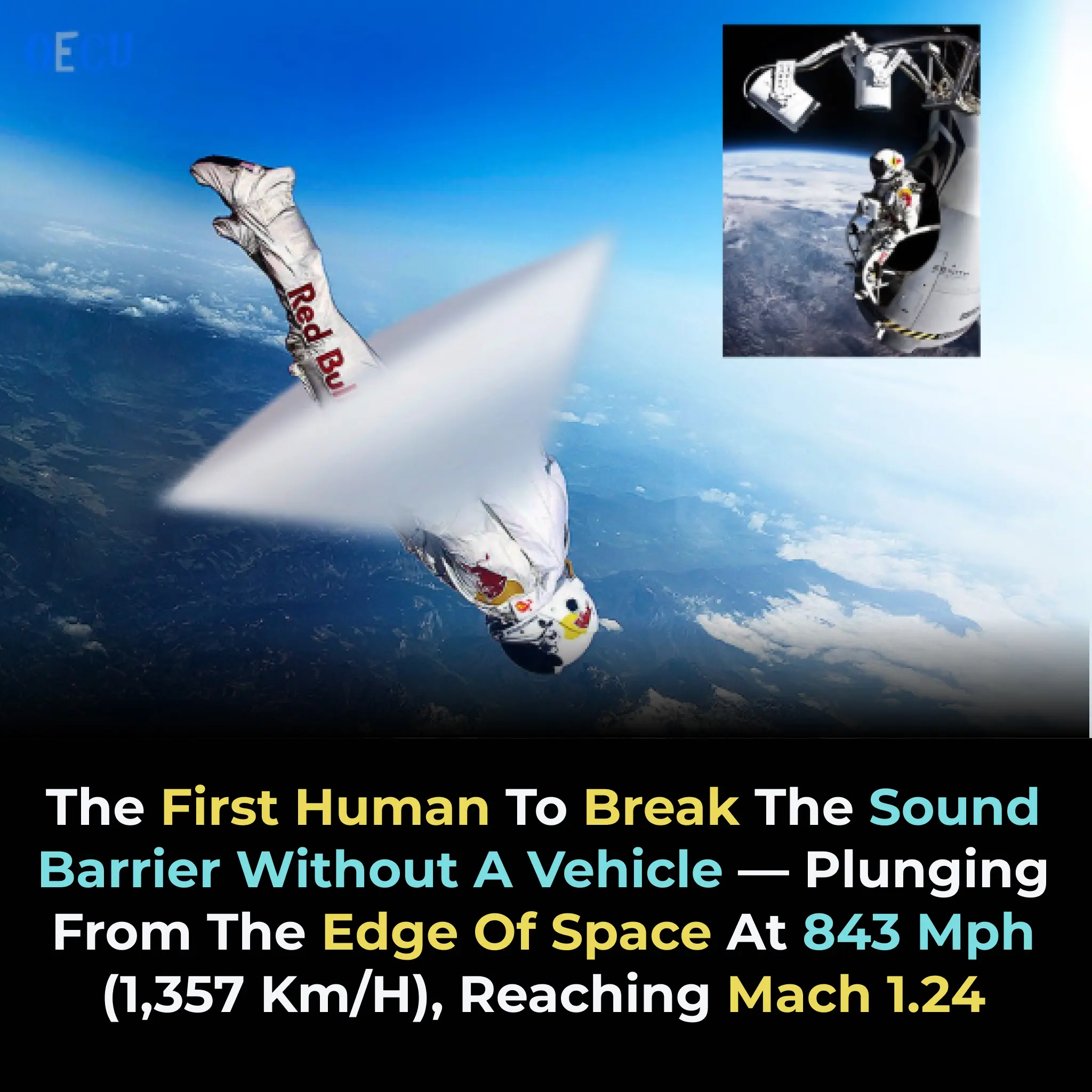
Felix Baumgartner's Record-Breaking Jump: Breaking the Sound Barrier from Space

Denmark’s Ground‑Breaking Proposal: Granting Citizens Copyright Over Their Face, Voice and Body to Combat Deepfakes
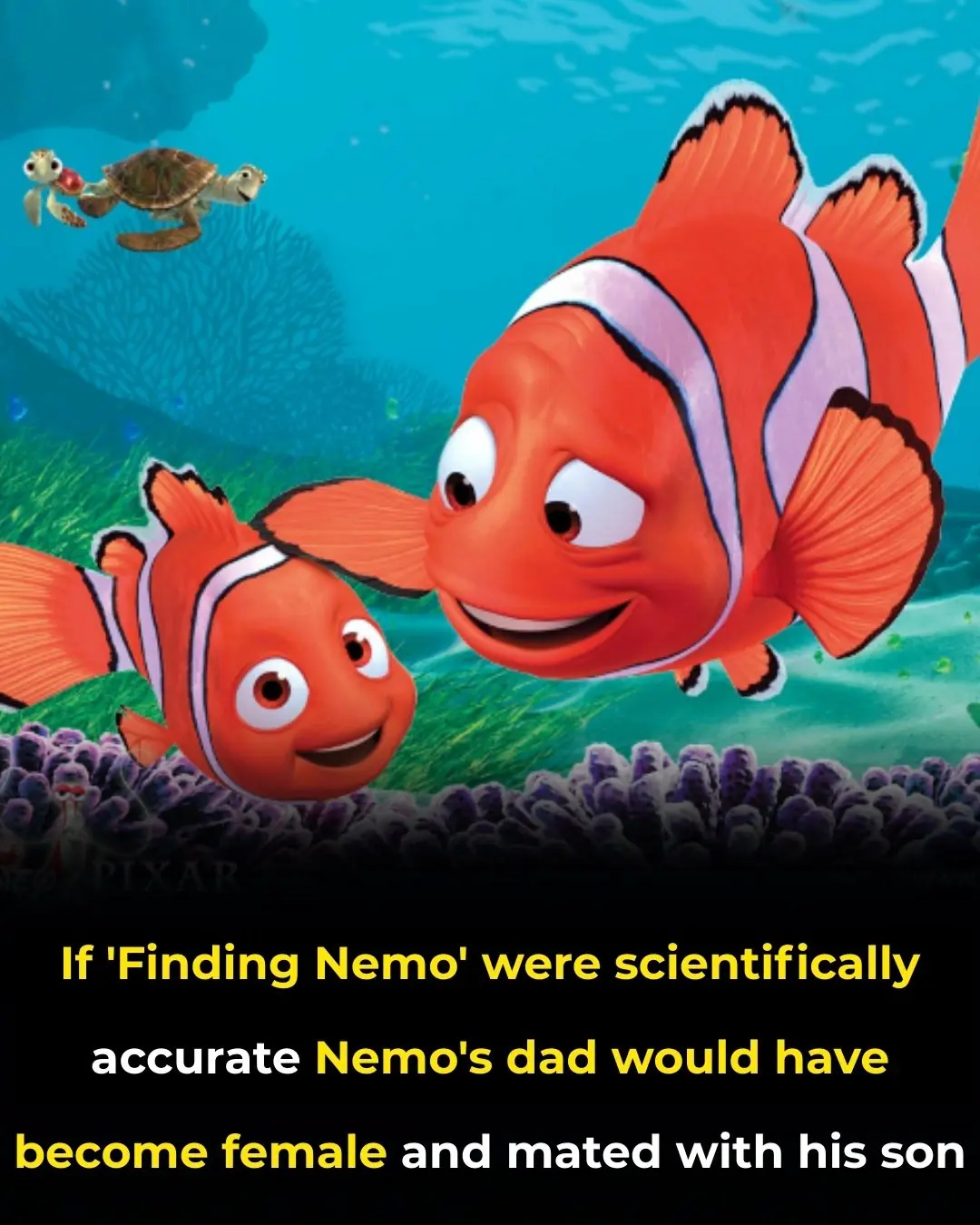
Science vs. Disney: What Finding Nemo Didn’t Tell You About Clownfish

U.S. Grocery Costs Hit Record High: Families Now Spending Over $1,000 a Month

When Mating Turns Dangerous: The Fierce Behavior of the Sydney Octopus

Welcome to the Monkey Madness: Thailand’s Unforgettable Lopburi Buffet

Why Height Matters So Much in Online Dating — And What the Numbers Reveal

Samsung Outpaces Apple Again — And Why Shipment Volume Still Matters

Thicker Thighs Linked to Lower Risk of Heart Disease and Diabetes, Study Finds

Breakthrough Drug Offers Hope for Restoring Vision by Repairing Nerve Insulation
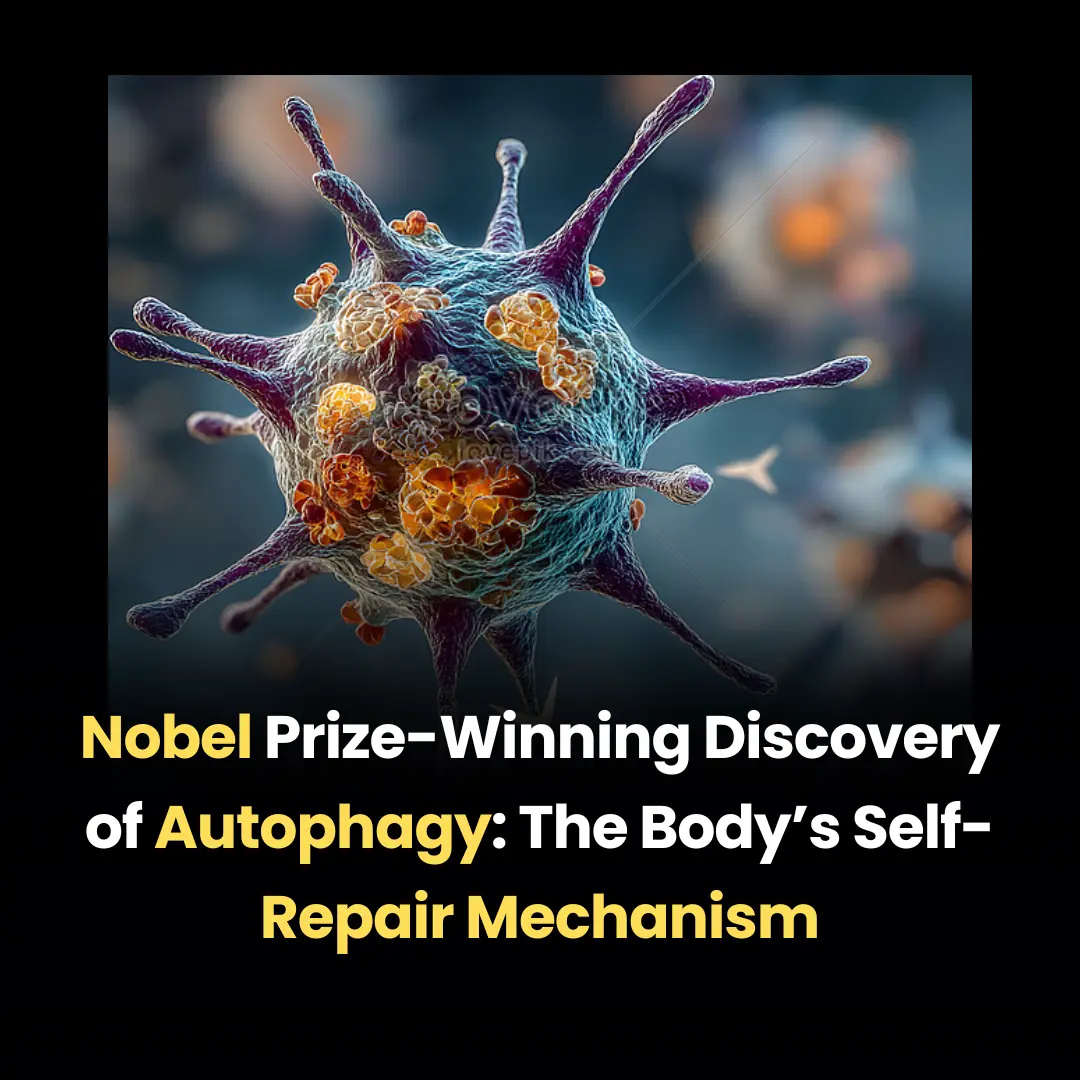
Nobel Prize-Winning Discovery of Autophagy: The Body’s Self-Repair Mechanism

Dietary RNA: A Key to Slowing Cellular Aging and Promoting Longevity
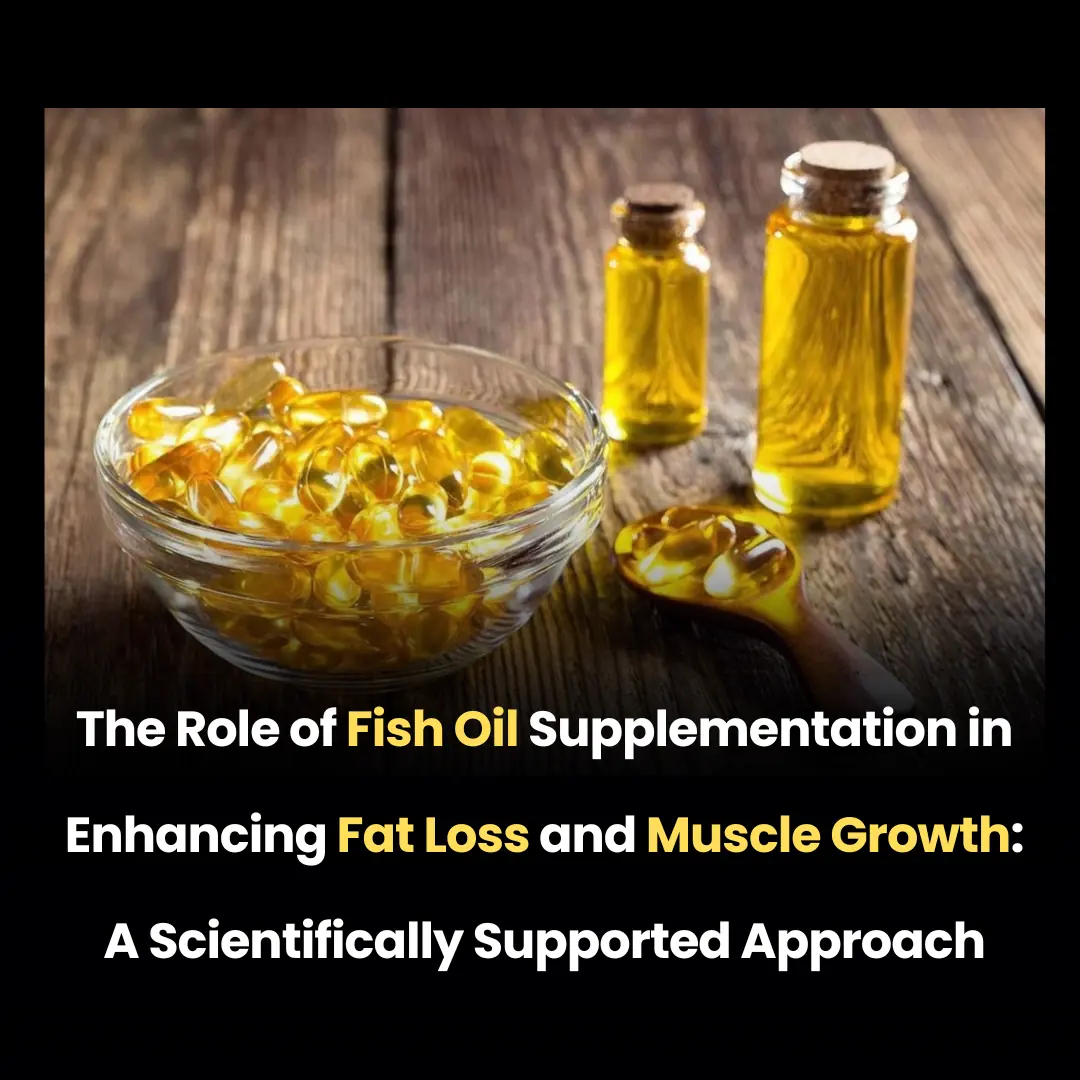
The Role of Fish Oil Supplementation in Enhancing Fat Loss and Muscle Growth: A Scientifically Supported Approach
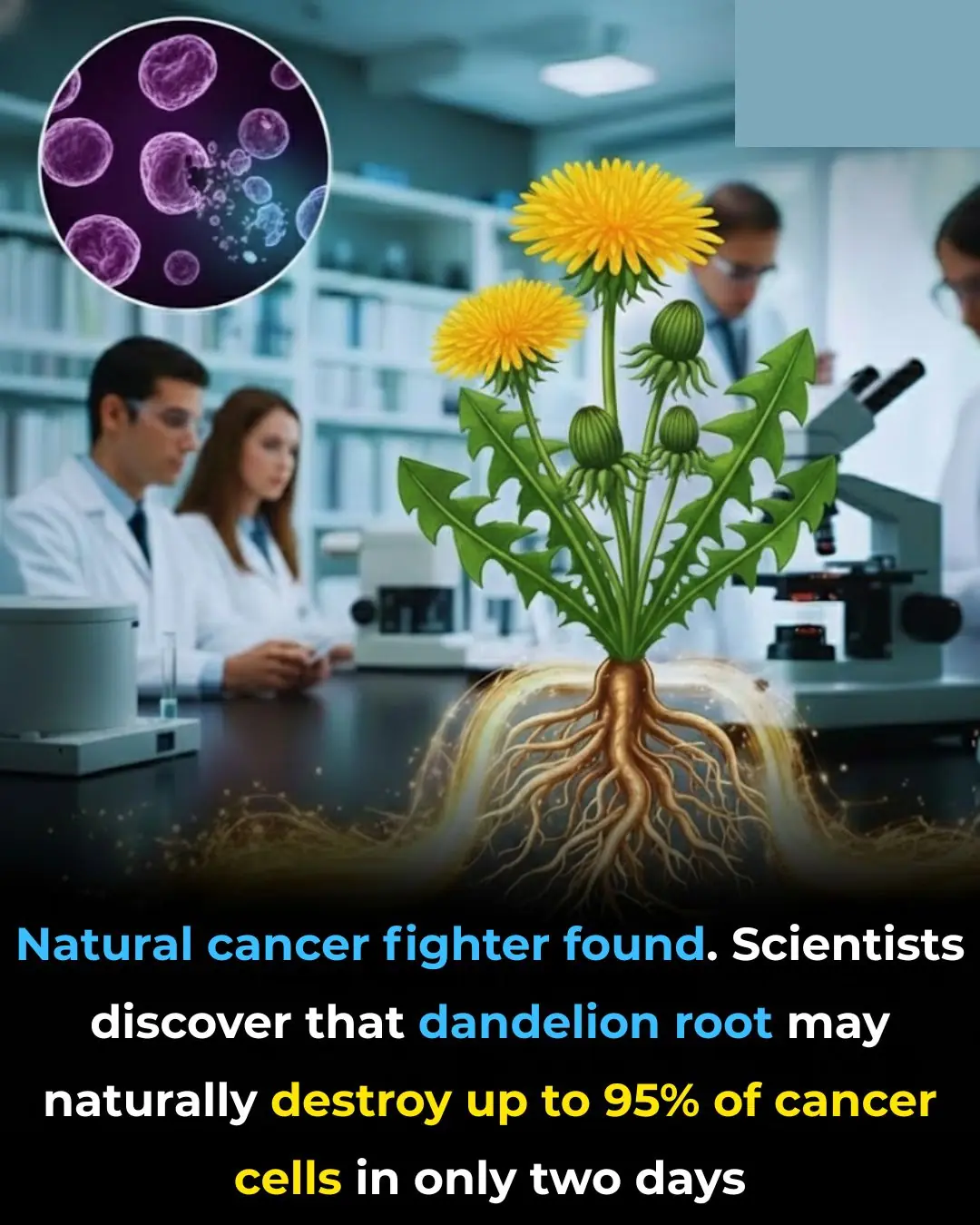
Dandelion Root Extract Shows Potential to Eliminate Up to 95% of Cancer Cells in 48 Hours

Meet the Solar-Powered Sea Slug: The First Animal Known to Photosynthesize!
News Post

When a Woman Bites Her Lip While Staring at You, It Means She Is ...
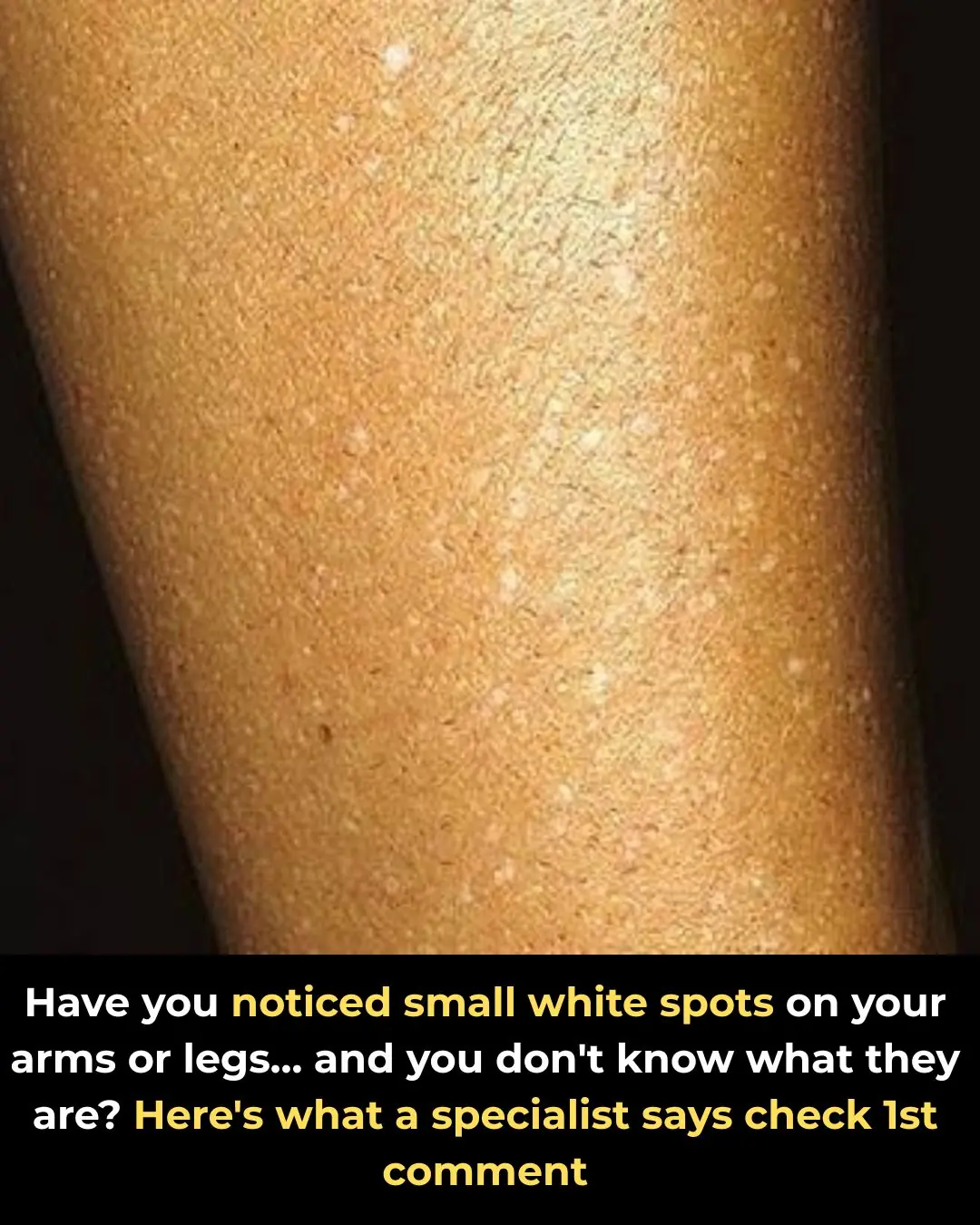
Have you noticed small white spots on your arms or legs… and you don't know what they are?

4 Best Clove Toners for Beautiful Skin

How Europe Says "Street": A Multilingual Journey Through Language and Culture

Never Toss Banana Peels Again: The 2,000-Year-Old “Trash” Trick That Erases Wrinkles, Heals Scars, Whitens Teeth & Drops Blood Pressure Overnight

A New Dawn for Chronic Kidney Disease Treatment: From Management to Possible Remission

A Butterfly, A Flute, and Unshakable Composure: The Legendary Performance of Yukie Ota

The $5 Kitchen Secret: Why You Should Be Brushing Your Teeth with Turmeric and Baking Soda

Felix Baumgartner's Record-Breaking Jump: Breaking the Sound Barrier from Space

Denmark’s Ground‑Breaking Proposal: Granting Citizens Copyright Over Their Face, Voice and Body to Combat Deepfakes

10 DIY Beauty Ice Cubes for Radiant, Glowing Skin

This carb is more damaging to your blood sugar than pure sugar
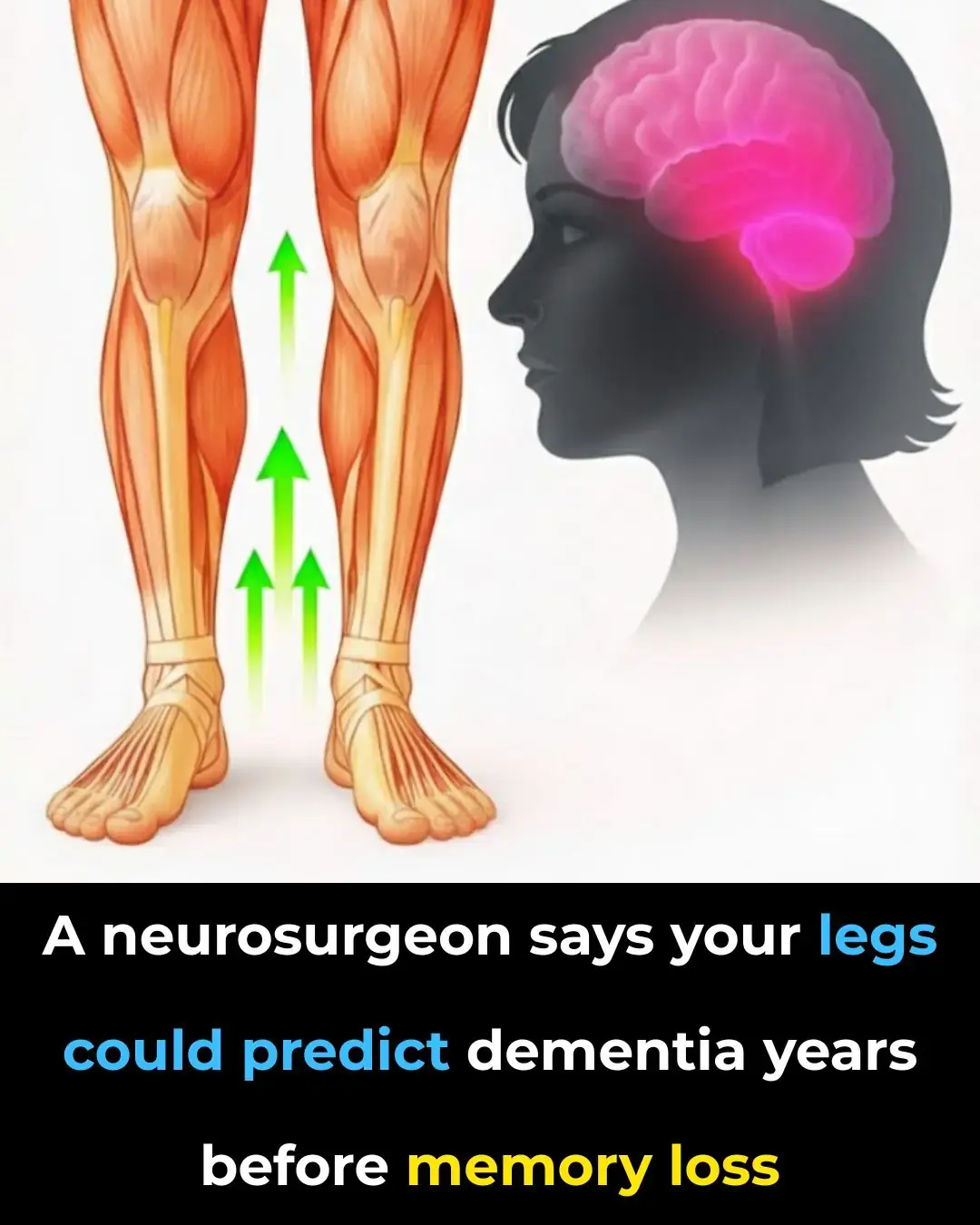
A neurosurgeon says your legs could predict dementia years before memory loss

Science vs. Disney: What Finding Nemo Didn’t Tell You About Clownfish

U.S. Grocery Costs Hit Record High: Families Now Spending Over $1,000 a Month

When Mating Turns Dangerous: The Fierce Behavior of the Sydney Octopus

Welcome to the Monkey Madness: Thailand’s Unforgettable Lopburi Buffet

Why Height Matters So Much in Online Dating — And What the Numbers Reveal
